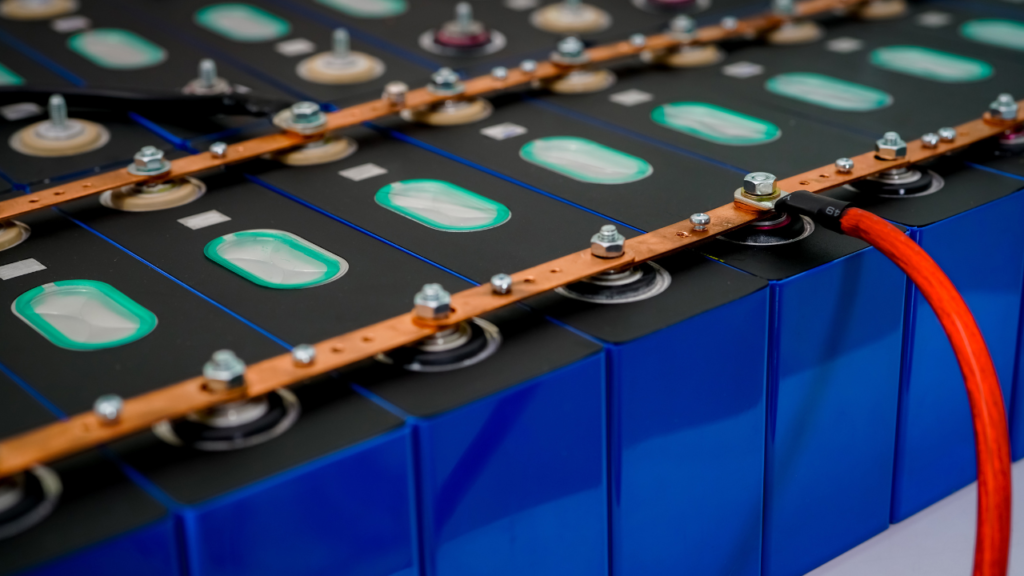Lithium-ion (Li-ion) batteries are a type of rechargeable battery widely used in various applications, including smartphones, laptops, electric vehicles, and renewable energy storage.
- Basic Components:
- A typical lithium-ion battery consists of several key components, including a positive electrode (cathode), a negative electrode (anode), an electrolyte, and a separator.
- Electrode Materials:
- Cathode: The cathode is typically made of a lithium metal oxide, such as lithium cobalt oxide (LiCoO2), lithium manganese oxide (LiMn2O4), or lithium iron phosphate (LiFePO4). During discharge, lithium ions move from the cathode to the anode.
- Anode: The anode is typically made of graphite, and during discharge, lithium ions are inserted into the graphite structure.
- Electrolyte:
- The electrolyte is a lithium salt dissolved in a solvent, often a mixture of organic carbonates. The electrolyte facilitates the movement of lithium ions between the cathode and anode.
- Separator:
- The separator is a porous membrane that keeps the cathode and anode physically apart, preventing a short circuit while allowing the flow of lithium ions.
- Discharge (Power Delivery):
- During the discharge phase (when the battery is providing power), lithium ions move from the cathode to the anode through the electrolyte. Simultaneously, electrons are released from the cathode and flow through the external circuit, providing electrical power to connected devices.
- Charge (Recharging):
- During the charging phase, an external voltage is applied to the battery. This voltage drives lithium ions from the anode back to the cathode. Electrons released during the discharge phase flow back to the cathode through the external circuit.
- The charging process is reversible, allowing lithium-ion batteries to be recharged multiple times.
- Lithium-ion Migration:
- The movement of lithium ions between the cathode and anode occurs through the electrolyte and separator. This migration is critical for the battery’s operation and is the basis for its rechargeability.
- Safety Features:
- Lithium-ion batteries include safety features to prevent overcharging, over-discharging, and overheating. These features often involve electronic control systems and may include protection circuits.
- Energy Density:
- Lithium-ion batteries are known for their high energy density, providing a relatively large amount of energy in a compact and lightweight package compared to other rechargeable batteries.
It’s important to note that while lithium-ion batteries offer high energy density and rechargeability, improper use, charging, or manufacturing can lead to safety concerns, such as thermal runaway and fires. Manufacturers implement safety features and guidelines to mitigate these risks, and users should follow recommended usage and charging practices.


